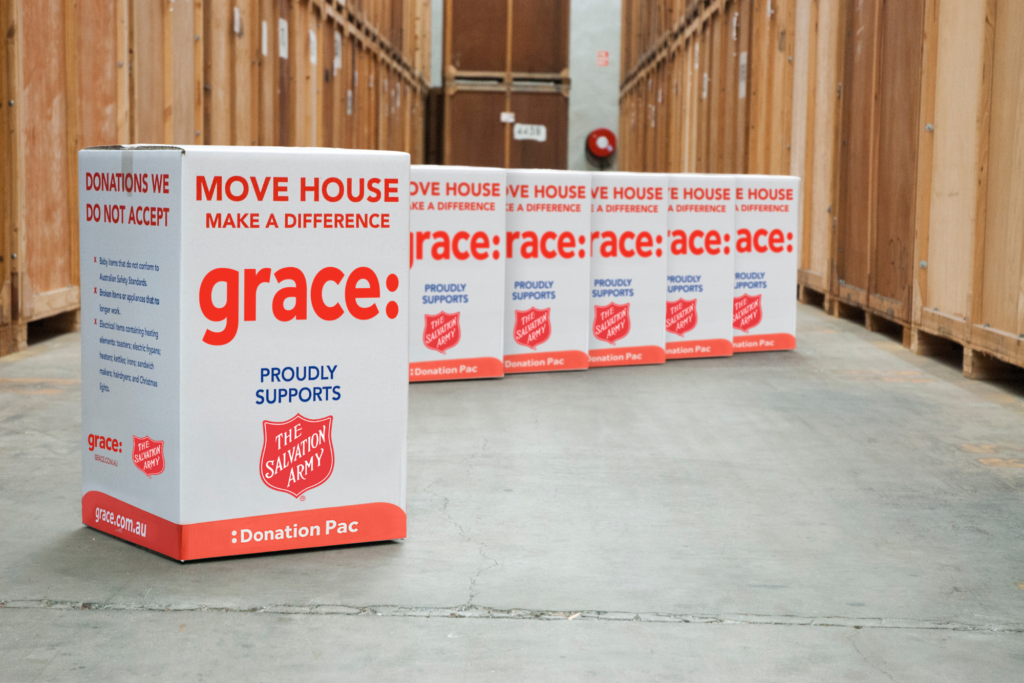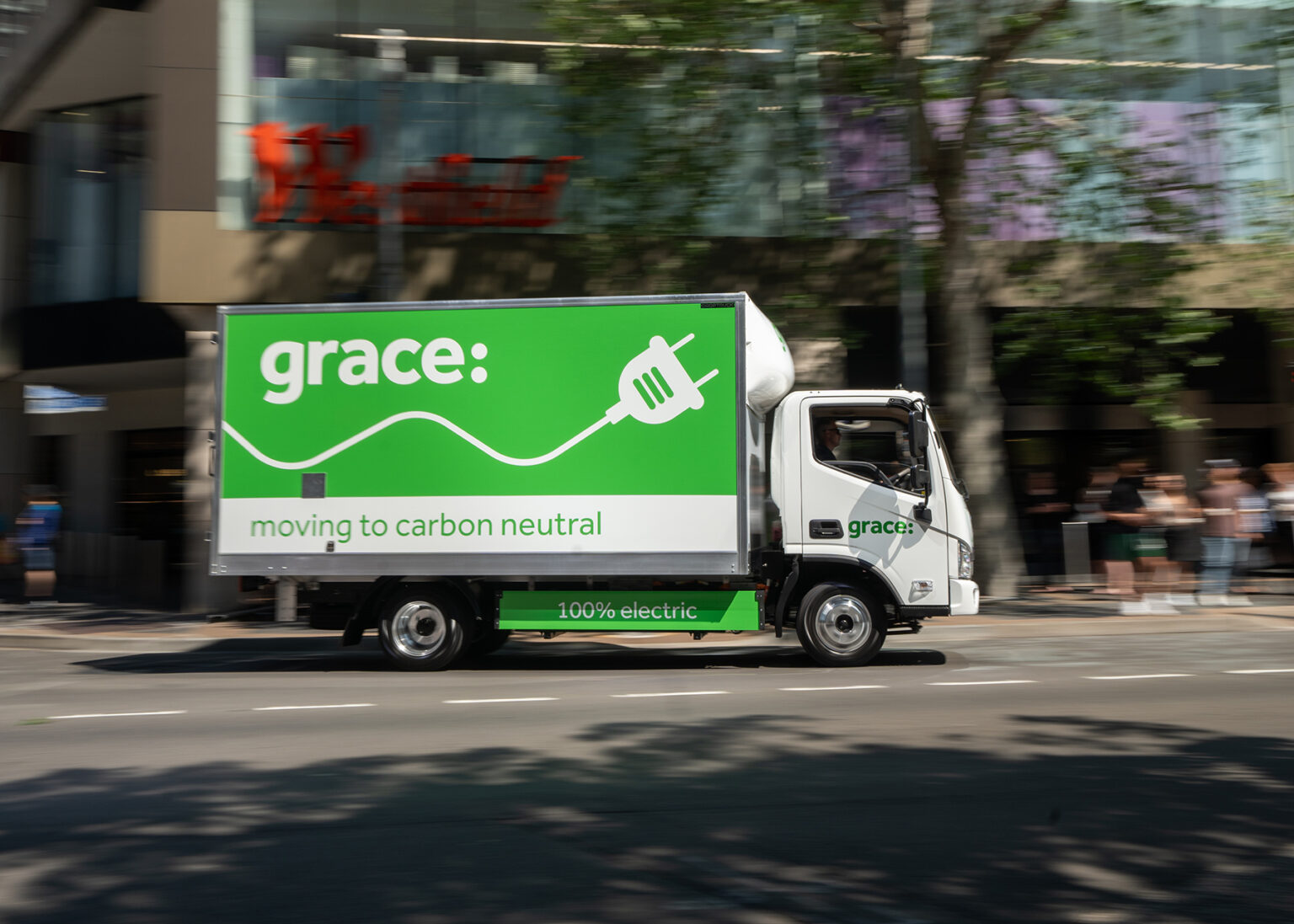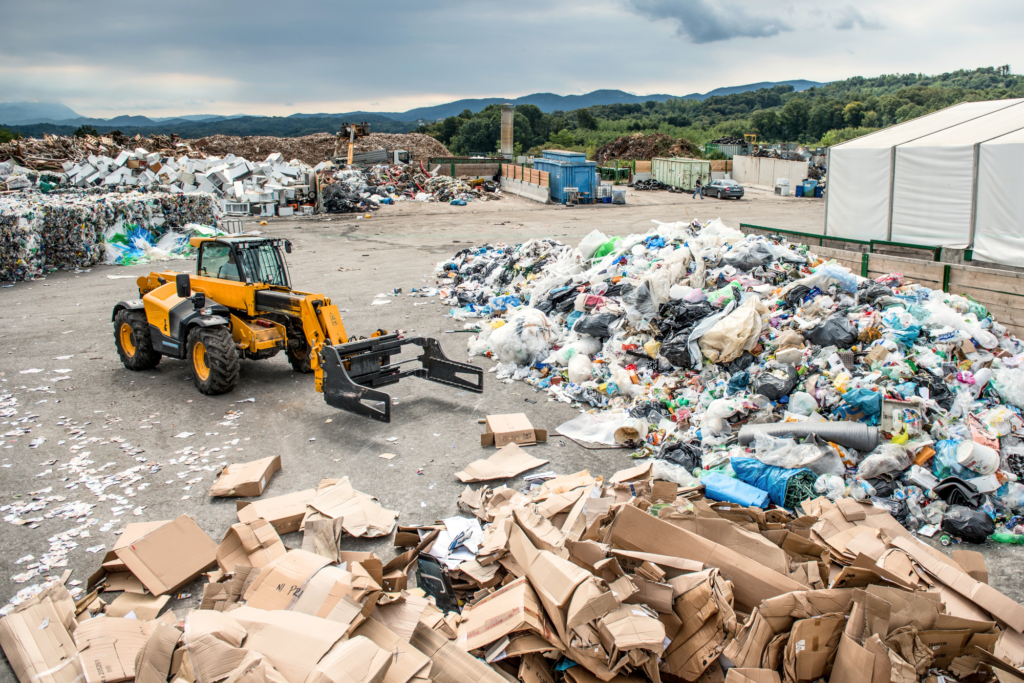Moving house can be one of the most stressful experiences in life. But while you’re worrying about packing boxes and hiring movers, it’s easy to forget the environmental impact of your move. Whether you’re moving across state or just a few streets over, every move has a carbon footprint. In this blog post, we’ll explore how you can make your local move more eco-friendly. From reducing waste to using recycled materials, we’ll provide practical tips to help you lower your carbon footprint. Plus, you’ll learn about a special partnership between Grace Removals and Salvos Store that can make a meaningful impact together.
The hidden environmental costs of moving
Even a short local move can generate a surprising amount of waste and carbon emissions. The average move involves packing materials like cardboard boxes, bubble wrap, and packing peanuts, most of which end up in landfill. Additionally, the fuel used by moving trucks contributes to greenhouse gas emissions.
According to the Australian Bureau of Statistics, transport is one of the country’s largest sources of carbon emissions. When you add in the waste generated from discarded items, the environmental cost of moving becomes significant.
Waste from packing materials
One of the biggest contributors to a move’s carbon footprint is the sheer volume of packing materials used. Cardboard boxes, bubble wrap, and packing peanuts are usually used once and then discarded. This not only fills up landfills but also requires energy and resources to produce.
For example, producing just one tonne of cardboard requires three tonnes of wood. When you consider how many boxes you might need for a move, the environmental impact adds up quickly.
Fuel consumption
The fuel used by moving trucks is another major contributor to a move’s carbon footprint. Even for local moves, trucks often make multiple trips, burning diesel or petrol with each journey. Diesel engines are particularly harmful as they emit higher levels of nitrogen oxides and particulate matter. According to a report by the Climate Council, transport emissions grew by 21% in Australia from 2005 to 2020. While much of this comes from long-haul transport, local moves still play a part.
Discarded items
Many people use moving as an opportunity to declutter, but this often leads to a lot of waste. Unwanted furniture, electronics, and clothing frequently end up in landfill. E-waste is particularly concerning as it can contain hazardous materials like lead and mercury. The Australian Bureau of Statistics reported that Australians generated 539,000 tonnes of e-waste in a single year. Reducing this waste can significantly lower your move’s environmental impact.
Practical tips for an eco-friendly move
Now that you understand the environmental costs of moving, let’s explore some practical ways to reduce your carbon footprint. From using recycled materials to donating items, there are several strategies you can adopt to make your move more eco-friendly.
Use recycled packing materials
One of the easiest ways to reduce waste is to use recycled packing materials. Many moving companies, like Grace Removals, offer eco-friendly packaging options. You can also source your own recycled boxes from local stores or online marketplaces. Instead of bubble wrap, consider using old newspapers or biodegradable packing peanuts. Reusing materials you already have, like towels and blankets, can also serve as effective padding for fragile items.
Donate unwanted items
Rather than throwing away items you no longer need, consider donating them to charity. Organisations like Salvos Store accept a wide range of items, from clothing to furniture. Donating not only keeps items out of landfill but also supports community services. Grace Removals has partnered with Salvos Store to make it easier for customers to donate their unwanted items. Simply request Salvos Stores cartons from Grace, pack your unwanted items into the cartons, and call Salvos Stores on 13 72 58 for pick up. For more details, visit Move house, Make a difference page.
Choose a green removalist
When selecting a removalist, look for those that prioritise sustainability. Many companies now offer green moving services that include fuel-efficient vehicles and eco-friendly packing options. Grace Removals, for instance, uses trucks with lower emissions and offers a range of sustainable packaging materials. By choosing a company committed to reducing its environmental impact, you can make your move greener.
Consolidate trips
If you’re making multiple trips, try to consolidate them as much as possible. This might involve using a larger truck that can carry more items in one go. While it may cost a bit more initially, it can save fuel and reduce emissions in the long run.
Minimising waste
Reducing waste is one of the most impactful ways to make your move eco-friendly. Here are some tips to help you minimise waste during your move.
Digital inventory
Instead of using paper checklists, create a digital inventory of your items. There are several apps available that can help you catalogue your belongings and track their condition. This not only saves paper but also makes it easier to manage your move.
Reusable containers
Consider using reusable containers instead of cardboard boxes. Many companies offer sturdy plastic bins that can be used multiple times. These bins are often available for rent, reducing the need for single-use materials. After your move, you can return them, making it a zero-waste option.
Recycling stations
Set up recycling stations in your home to sort items as you pack. Separate out paper, plastic, and electronic waste for proper disposal. Many local councils in Australia offer recycling programs, making it easier to dispose of these materials responsibly. Check with your local council for specific guidelines and recycling centres.
Sustainable packing tips
Packing is a significant part of the moving process. Here are some sustainable packing tips to help you reduce waste and make your move greener.
Biodegradable packing materials
Opt for biodegradable packing materials whenever possible. Cornstarch packing peanuts and mushroom-based packaging are excellent alternatives to traditional materials. These options are not only eco-friendly but also provide excellent protection for your items.
Reuse and upcycle
Before buying new packing materials, see what you already have that can be repurposed. Old shoeboxes, suitcases, and storage bins can all be used for packing. Upcycling these items reduces waste and saves money.
Label clearly
Clearly label your boxes to make unpacking more efficient. Use a digital labelling system if possible. This reduces the need for sticky labels and makes it easier to reuse boxes in the future.
Moving doesn’t have to be a burden on the environment. By adopting eco-friendly practices, you can significantly reduce your carbon footprint and make your move more sustainable. From using recycled packing materials and donating unwanted items to choosing a green moving company, there are numerous ways to make a positive impact.
Grace Removals’ partnership with Salvos Store offers an impactful and meaningful way to donate items and support the community. Ready to make your move greener? Book your move with Grace Removals today and take the first step towards a more sustainable future.







